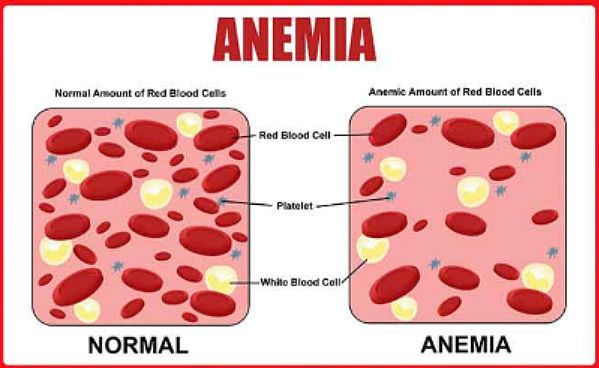Effect of Multiple Micronutrient Powder (MNP) and Anthelmintics on morbidity and nutritional status of extremely poor women and children
A cluster randomised trial in North-West Bangladesh
Abstract
Introduction: Growth failure among children and micronutrient deficiency among children and women is one of the major nutritional problems in Bangladesh. According to a 2011 estimate, half of the children and 40% women were anaemic, and the prevalence of stunting and underweight was 40% and 36% among children, while a quarter of non-pregnant adult women were chronically energy deficient. The problem was magnified among the extreme poor population. Previously, standalone initiatives have attempted to tackle undernutrition and micronutrient deficiency separately, but there have been few attempts to integrate these two approaches; and credible evidence from experimental studies was sought from the government and development partners to guide future policy and investment decisions.
Aims & Objectives: This study aimed to determine the effect of an intervention package, containing deworming at six-monthly intervals, daily multiple-micronutrient powder (MNP containing 15 ingredients) supplementation for twelve months, and flip flop (thong) shoes in reducing anaemia among extremely poor women and children under-five, as well as to assess the effect on growth failure.
Methods: The study employed a two-arm cluster randomised trial design involving 537 women and 168 under-five children in 21 clusters within the intervention arm, while the comparison clusters contained a total of 503 women and 139 under-five children in another 21 clusters. The implementation took place between December 2010 and December 2011. Anaemia prevalence was the primary outcome; growth failure (measured by anthropometry), the prevalence of diarrhoea, and passed worms were assessed as secondary outcomes. The analysis was conducted based on cluster-level summaries of mean and prevalence, and the differences between groups were compared using independent sample t-tests.
Results: The study detected a significant effect on anaemia. At endline, the prevalence of anaemia among the women in the intervention clusters was 52% less than the comparison clusters (mean difference 18.1%, 95% CI: 11.1% to 25.1%, P<0.001). Among the under-fives in the intervention clusters, anaemia prevalence was 58% lower (mean difference 18.4%, 95% CI: 7.2% to 29.6%, P=0.002). Mean haemoglobin concentration was also significantly higher among the children (mean difference 7.8 g/l, 95% CI: 5.0 to 10.7, P<0.001) and women (mean difference 4.8 g/l, 95% CI: 3.3 to 6.3, P<0.001) in the intervention clusters. However, there was no detectable effect on child growth failure (stunting, underweight, wasting and thinness), chronic energy deficiency among women, the prevalence of diarrhoea, or passed worms.
Conclusion: The study results suggest that the intervention package is effective in reducing anaemia among women and children under-five. However, the current evidence is insufficient to make a public health recommendation for using the intervention package, containing 15 component MNP, to replace the existing government and WHO recommendation for using 5 component MNP. Further investigation would be necessary to answer this important public health question.

Authors retain all copyrights. In making a submission to World Nutrition, they are certifying that all material is theirs except quotations, as indicated, and that they have obtained permission for any photos, tables, or graphics taken from other publications or websites.




